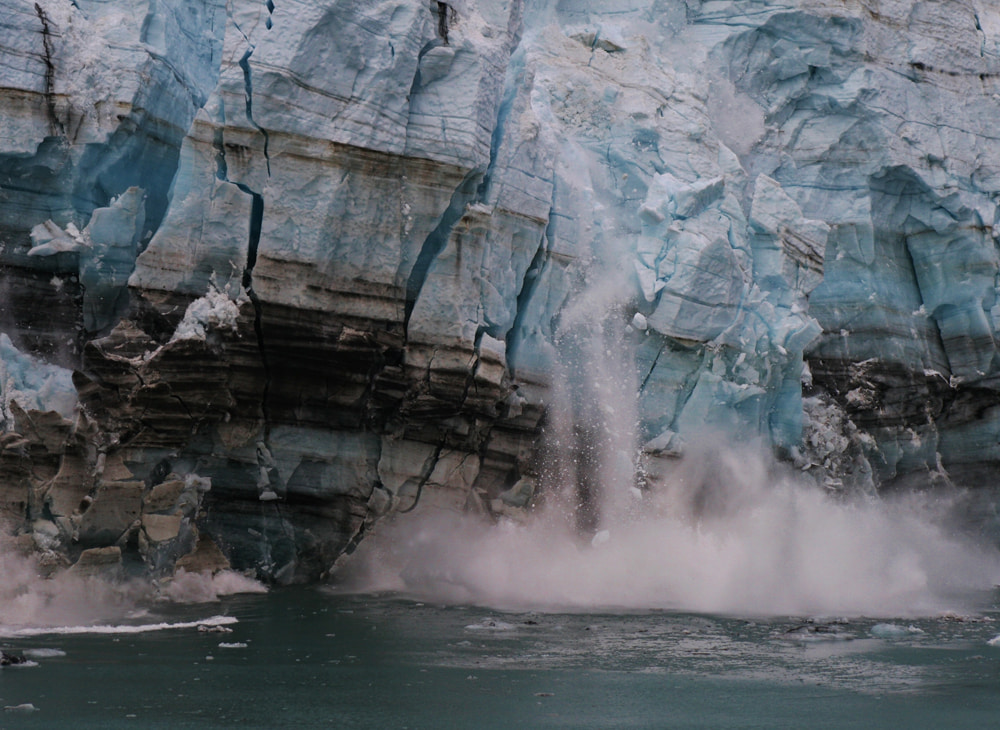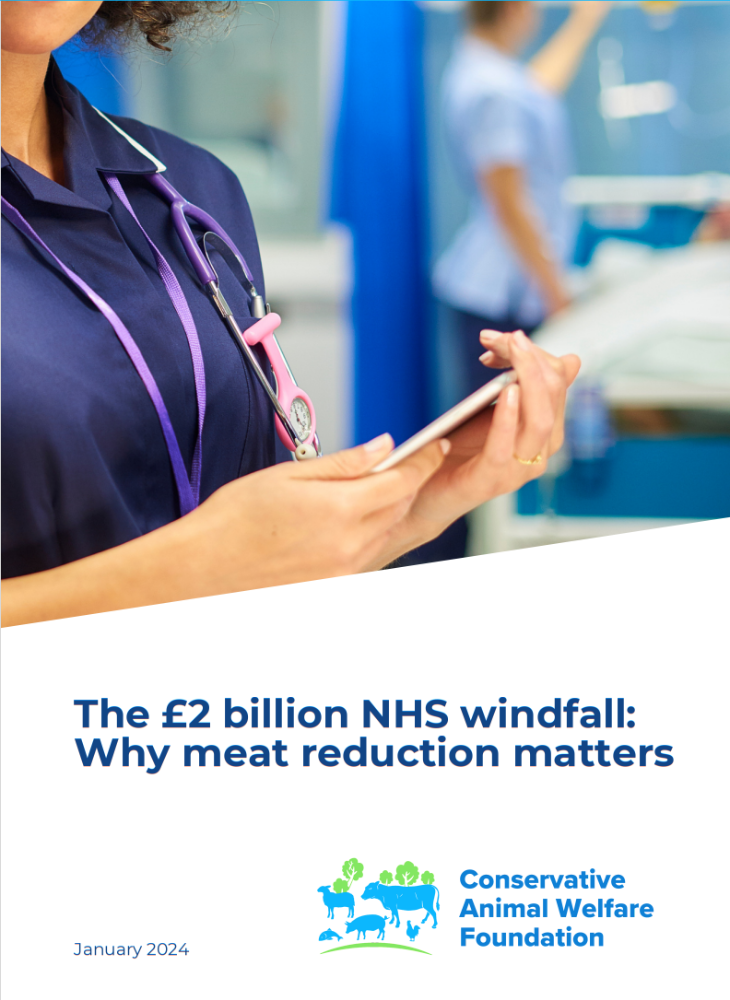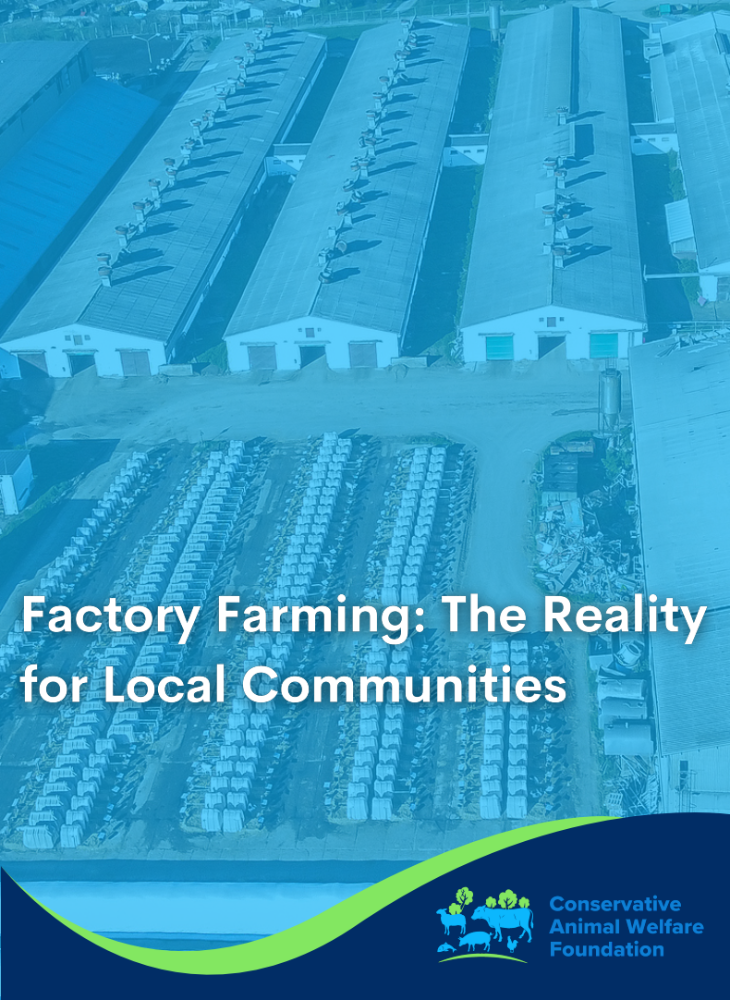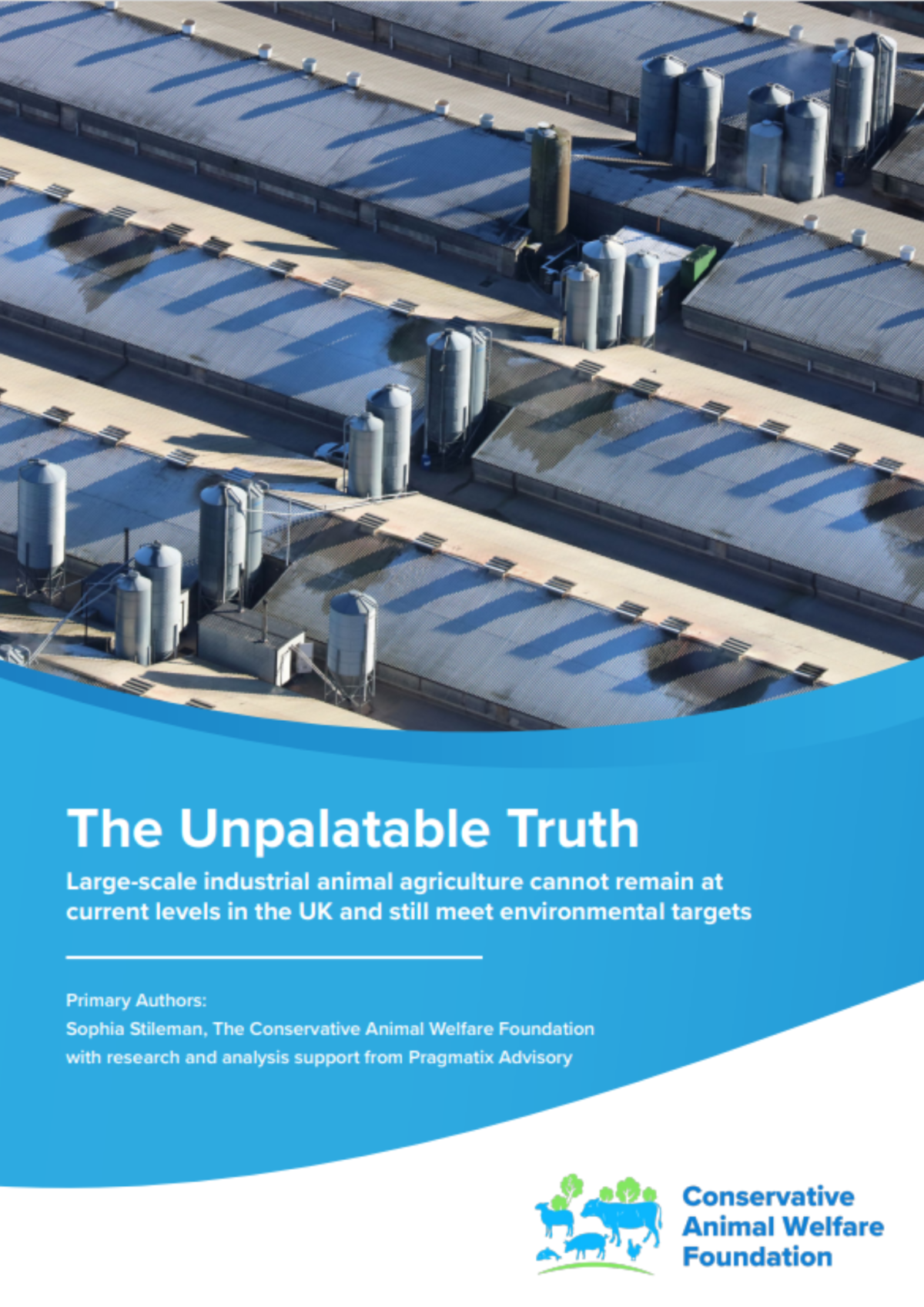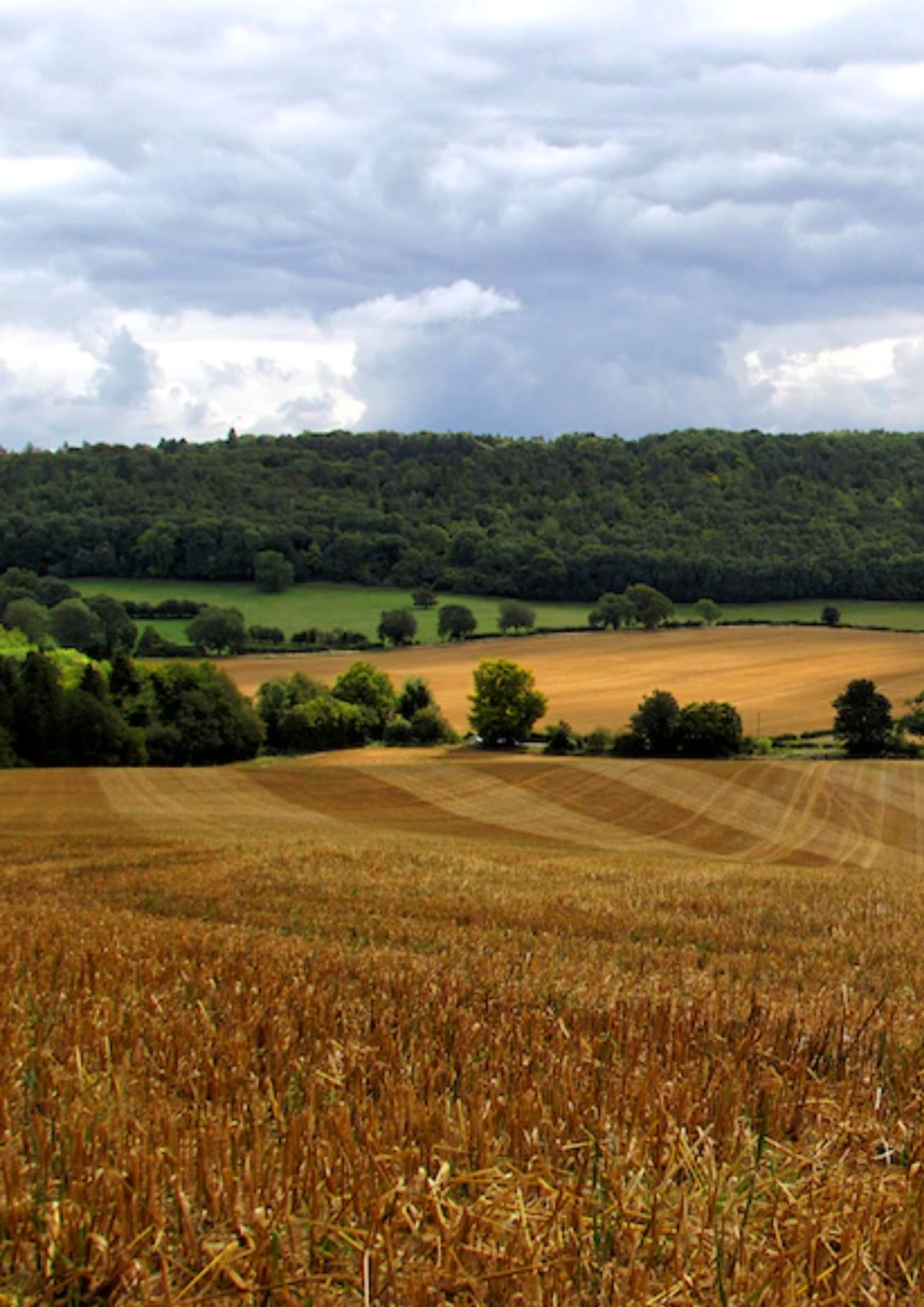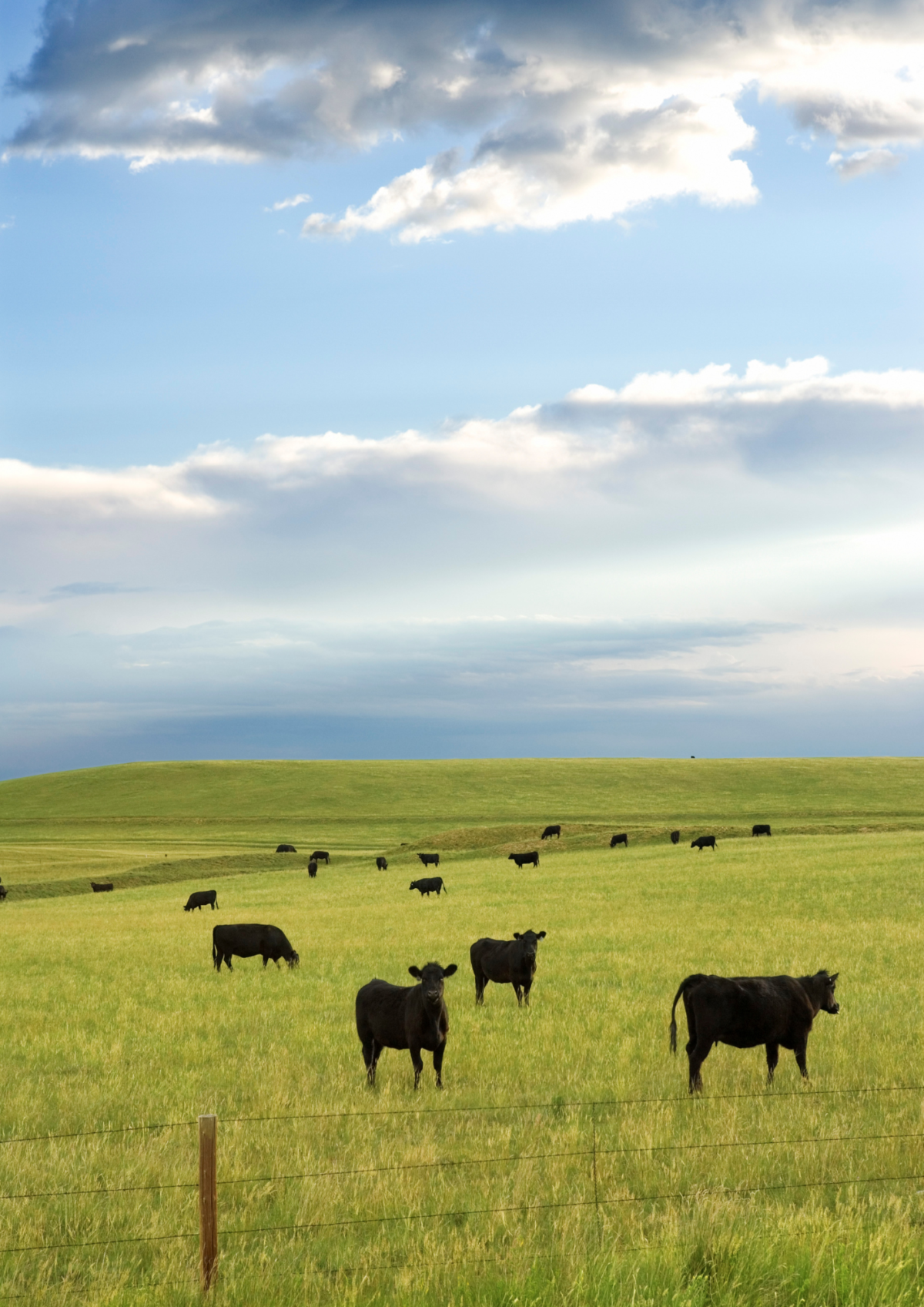2.4 million deaths globally in 2020 predicted to be linked to overconsumption of red/processed meat and around 70 billion sentient land animals killed for food each year (Source: Laura Wellesley, Research Fellow, Chatham House’ Plant-based ‘ meat’ and cultured meat 2020)
The New Scientist reported in July 2020:
The amount of nitrogen pollution emitted just by global livestock farming is more than the planet can cope with, prompting scientists to say we need to eat less meat and dairy produce.
Fertilisers made for agriculture are high in nitrogen, but their use can contribute to air and water pollution, climate change and ozone depletion. Livestock waste is also a source of nitrogen pollution.
Aimable Uwizeye at the UN Food and Agriculture Organization and his colleagues found that the livestock sector accounts for about a third of all humanity’s nitrogen emissions, which are also released by burning fossil fuels and other activities.
The emissions from livestock farming amount to about 65 teragrams (Tg) of nitrogen a year. That means meat and dairy production alone breaches the lower limit of the 62 to 82 Tg a year considered to be the “planetary boundary” for nitrogen emissions, or the safe global level beyond which humanity’s future prosperity is endangered. Nitrous oxide, for example, is exacerbating global warming.
“The livestock sector contributes substantially to nitrogen emissions,” says Uwizeye. His team says that while there are technical fixes in agriculture, they may not be enough on their own to keep within planetary boundaries for nitrogen pollution, and some parts of the world will need to eat and produce less meat and dairy.
The group has called for a global initiative to tackle the problem. Rich countries in Europe and North America, as well as middle-income ones including Brazil, are among those that should consume less, says Uwizeye. The overwhelming bulk of the emissions, 68 per cent, comes from crops grown to feed animals, followed by nitrogen released by the build-up and management of manure.
